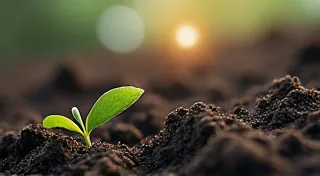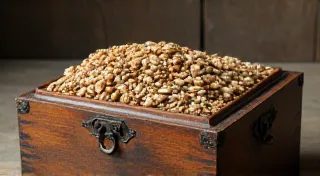Solace in Soil: The Therapeutic Benefits of Container Tomato Cultivation
There's a peculiar resonance between the slow, deliberate act of cultivating heirloom tomatoes in containers and the restoration of an antique accordion. Both endeavors require patience, a reverence for craftsmanship, and a quiet connection to the past. They’re about nurturing something beautiful back to life, uncovering hidden stories embedded within aged materials. The clatter and wheeze of an old accordion, like the tentative sprout of a Brandywine tomato plant, speaks of resilience, of survival, of a history both grand and deeply personal.
I remember my grandfather, a taciturn man of few words, meticulously cleaning the reeds of his Hohner President. The smell of beeswax and aged wood permeated his workshop, a comforting balm against the anxieties of a changing world. He rarely spoke about his past, but the accordion was his confidante, a tangible link to a childhood spent in a small Italian village. Growing tomatoes, especially heirloom varieties, has become a similar grounding force for me – a way to reconnect with that sense of quiet strength and enduring beauty.
Container gardening, particularly the cultivation of heirloom tomatoes, offers a surprisingly profound source of solace. In a world increasingly defined by rapid change and digital disconnection, the simple act of tending to a living thing offers a much-needed anchor. It's a mindfulness practice disguised as a hobby. The gentle weight of a watering can, the feel of warm soil on your hands, the vibrant color of ripening fruit – these are sensory anchors that pull you into the present moment, away from the relentless churn of worries and deadlines.
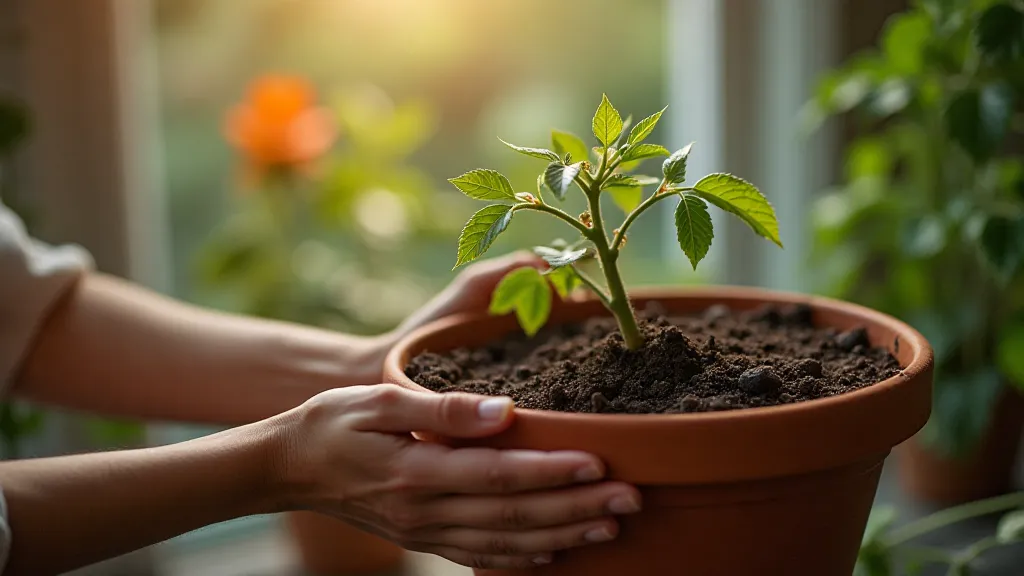
The Allure of the Heirloom: More Than Just Flavor
Heirloom tomatoes aren’t just delicious; they carry history. They are living testaments to generations of farmers and gardeners who carefully selected and preserved seeds, passing down not just a fruit, but a legacy. Unlike modern hybrid varieties bred primarily for shelf life and uniformity, heirlooms boast a remarkable diversity of shapes, sizes, and flavors. From the beefsteak-like Brandywine with its velvety texture and complex sweetness to the quirky Green Zebra with its tangy bite, each variety tells a story of a particular place and time.
Consider the Roma tomato, widely used in Italian sauces. Its story is one of adaptation and resilience, originating in Italy but finding favor across the globe. Or the Cherokee Purple, rumored to have been brought to the American West by the Cherokee Nation, its dusky purple hue a beautiful anomaly in the tomato world. The connection to these histories fosters a sense of continuity, reminding us that we are part of a larger story, rooted in the earth and connected to those who came before.
Container Gardening: A Sanctuary in Small Spaces
The beauty of container gardening is its accessibility. You don't need a sprawling backyard to experience the therapeutic benefits of growing your own food. A balcony, a patio, even a sunny windowsill can become a thriving tomato sanctuary. The act of creating this contained environment, this miniature ecosystem, is itself a powerful act of creation and control in a world that often feels chaotic.
Choosing the right containers is important. Terracotta pots, with their porous nature, allow for better aeration and drainage, contributing to healthier root development. Plastic pots are lighter and retain moisture better, which can be beneficial in hot climates. Whatever you choose, ensure they are large enough to accommodate the mature size of your chosen tomato variety. A fifty-gallon container is often ideal for larger heirloom varieties.
The Rhythm of the Garden: A Metronome for the Soul
Gardening, and tomato cultivation in particular, operates on a different timescale than our modern lives. It demands patience. It requires observation. It teaches acceptance. A tomato plant won’t suddenly produce fruit. It needs time to establish roots, to grow, to blossom, to ripen. There will be setbacks – pests, diseases, unexpected weather – but these challenges are opportunities for learning and adaptation.
That’s what I find so comforting. There's a rhythm to the garden – a predictable cycle of growth and decay that provides a grounding sense of order. Just as restoring an accordion requires careful attention to detail, understanding the needs of your tomato plants – the right amount of sunlight, water, and nutrients – fosters a sense of mastery and competence. The reward isn’t just the bounty of ripe tomatoes; it’s the quiet satisfaction of nurturing life.
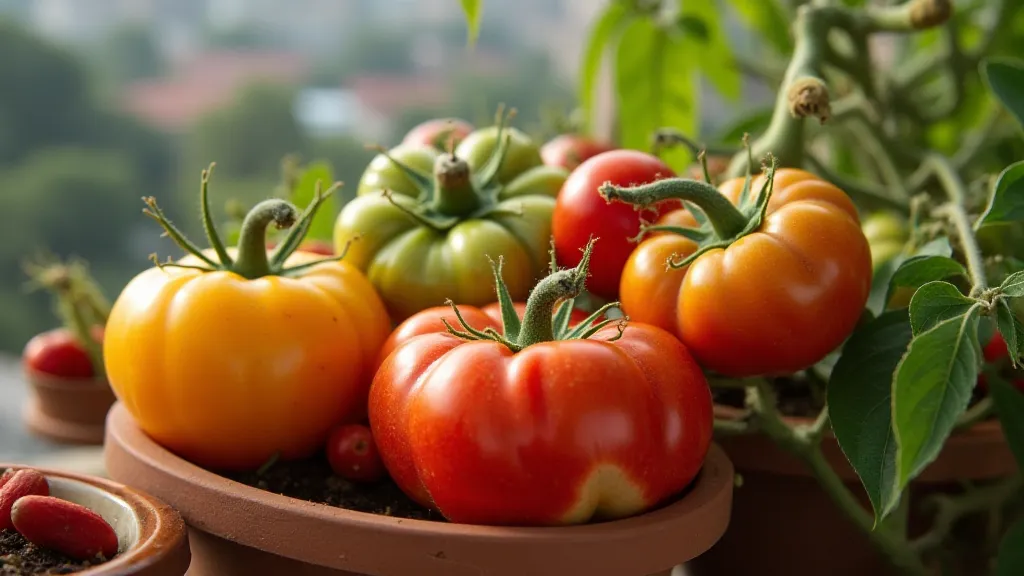
The Craft of Restoration: Parallel Paths to Wellbeing
Think about the meticulous process of restoring an antique accordion. Cleaning the body, repairing cracked bellows, carefully replacing worn reeds – each step requires focus, precision, and a deep respect for the instrument’s history. There’s a tangible sense of accomplishment in bringing something broken back to life. Similarly, nurturing a tomato plant from a tiny seed to a flourishing vine is a testament to resilience and the power of human intervention.
The act of problem-solving is central to both endeavors. A stubborn reed in an accordion might require a specific cleaning solution or a gentle bending to restore its proper function. A tomato plant struggling with yellowing leaves might need a different nutrient blend or a relocation to a sunnier spot. Both processes demand observation, experimentation, and a willingness to learn from mistakes.
Savoring the Harvest: A Tangible Reward
The taste of a homegrown heirloom tomato is unlike anything you can buy in a supermarket. The intense flavor, the vibrant color, the perfect texture – it’s a sensory experience that connects you directly to the earth and the labor of your own hands. It's a tangible reward for your efforts, a symbol of your connection to the natural world.
Sharing the harvest with friends and family is another source of joy. Passing on a basket of ripe tomatoes, knowing that you’re providing nourishment and delight, fosters a sense of connection and community. Just as the music of an accordion can bring people together, the fruits of your garden can nourish both body and soul.
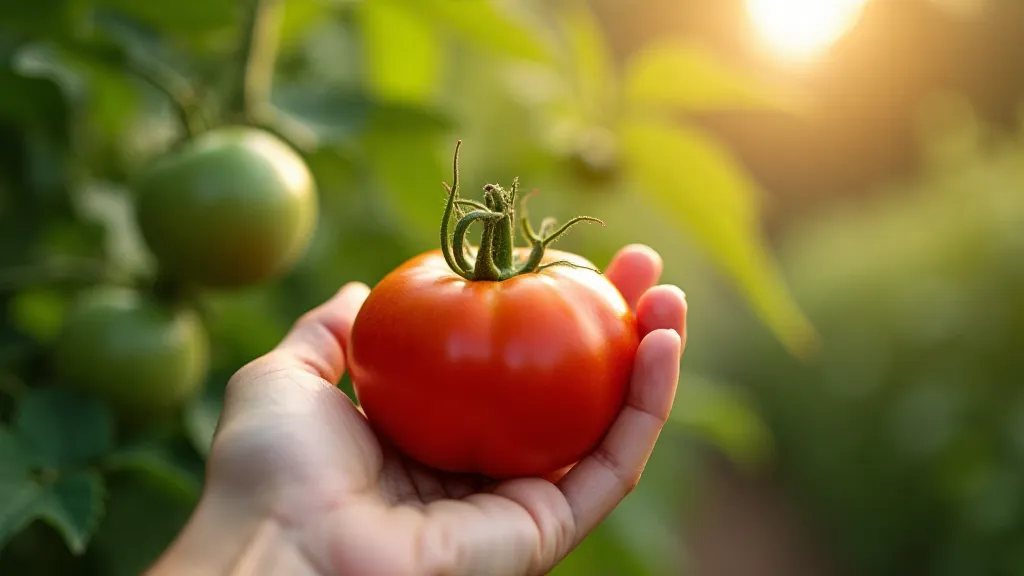
Growing heirloom tomatoes in containers isn't just a hobby; it's a path to wellbeing. It’s a way to reconnect with nature, to slow down, to find solace in the simple act of nurturing life. It’s a small act of rebellion against the demands of modern life, a way to cultivate peace and resilience in a world that desperately needs both.


